With the huge amount of pillows available to meet the needs of your specific sleep style and preference, it can get frustrating to find the perfect pillow match to existing bed linens you may have. Various sized pillows, especially those that are a custom length, width, and loft can wreak havoc on your matching decor. But with a little foresight you can narrow down your pillow choices by size, or at the very least be prepared in advance.
If you are worried about having a pillowcase that is smaller than your preferred pillow choice or is struggling with a pillowcase that is bigger than your pillow, this is the article for you. Read on to determine how to best determine the size pillowcases you may need for your choice of pillow.
Pillow Sizes
To start, you should have a good idea of what the average measurements of various sized pillows are. If you have wondered about how big a standard pillowcase is that you may purchase in a store, the following may help explain this.
In order to find a good pillowcase fit, short of sewing your own, you want to start with your pillow dimensions and average loft, or height of pillow when sitting on a flat surface. Of course, the loft may vary from pillow to pillow due to the filling used (for example down might loft up but compress easily, whereas memory foam will be denser).
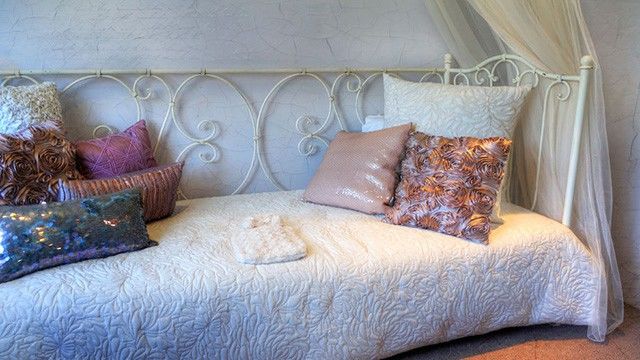
Even though these sizes may vary slightly from one brand company to the next, they are generally within a few inches of one another in measurement. This way you can find a covering that fits properly without compressing the pillow and changing how it feels or the support it lends.
| Pillow Size | Pillow Measurements |
| Standard | 20 x 26 inches |
| Queen | 20 x 30 inches |
| King | 20 x 36 inches |
Pillowcases Sizing
As mentioned, the measurements of a pillow are not restricted to the length and width of the pillow, but also the loft. The loft is often closely associated with the support the pillow lends to the sleeper. It also can drastically affect how well a pillow fits in a case since a pillow may end up being restricted in how well it supports your head and neck if a pillowcase is too small
Because of this, don’t assume a pillowcase measurement is what is best for your pillow. Even if a pillow looks like it fits well into a case, always compress the pillow to see how well it provides support and comfort. A well-fitting cover is going to allow the pillow to compress, move, and be shaped to your needs. A case that is too small will make the pillow feel firmer or show outside of the end of the case.
Pillowcase Dimensions
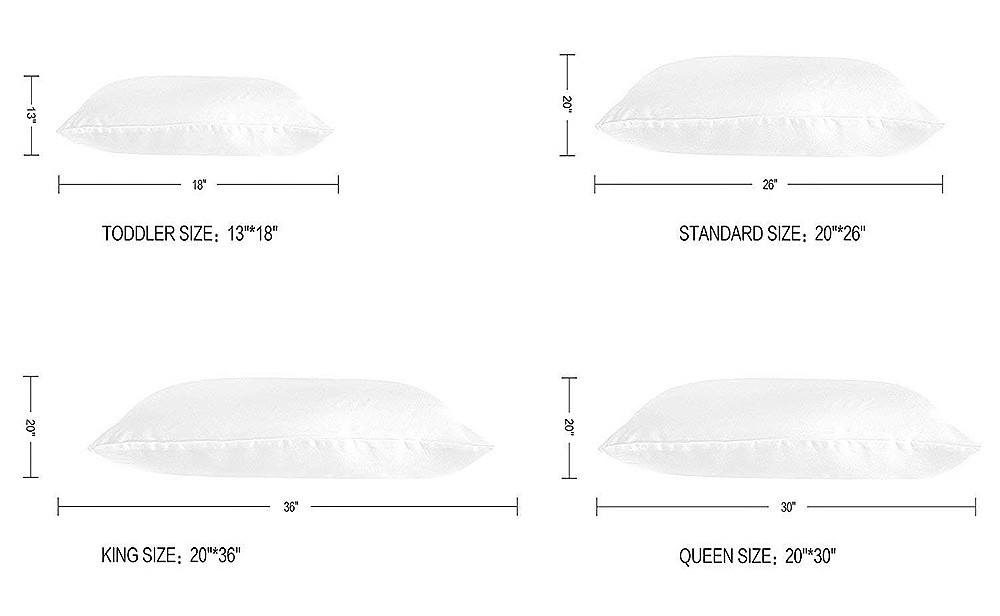
Housewife
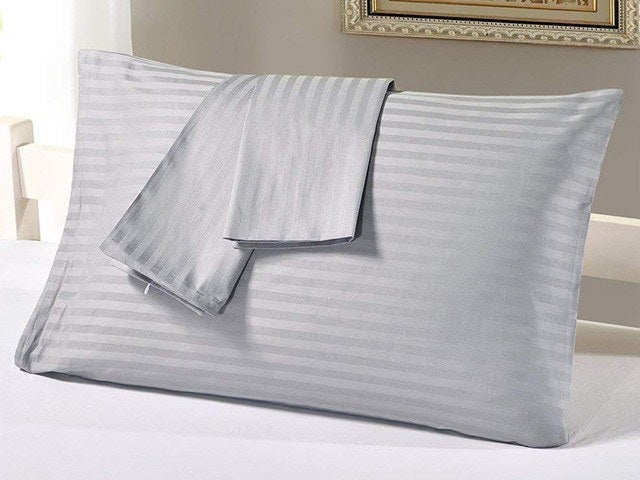
Bag Style
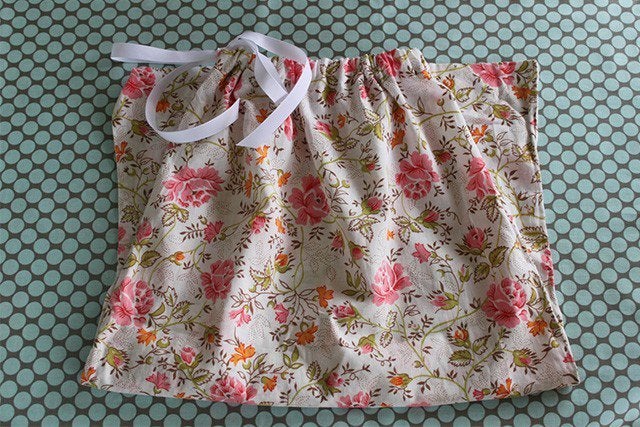
Oxford and Mock Oxford
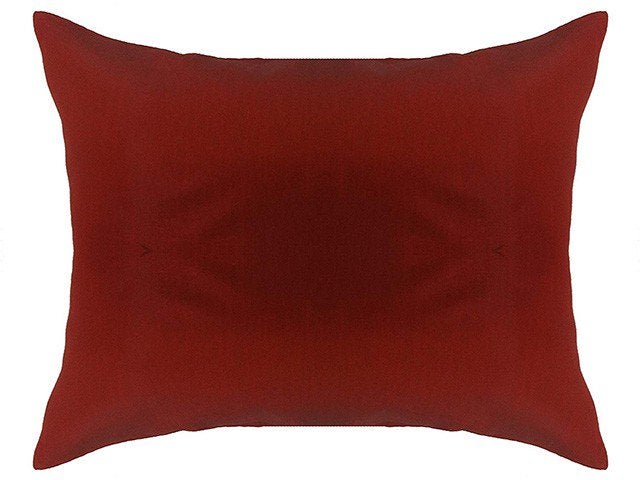
Conclusion
Of course, these measurements are only a suggestion to find an average measurement for common pillow sizes. It is not bad to have a pillowcase too big for the pillow, but it’s always better to have a slightly larger case than one that is too small. Getting a decent fit can make all the difference to how it looks as well as how it feels, however, in case you end up with an oversized pillowcase.
Whatever you do, avoid having a case that is too small as you will compromise the overall feel of your pillow. Measure to approximately 1 to 2 inches larger than the pillow to account for loft differences, and if possible, see how well your pillow fits within the case prior to committing to the cover.